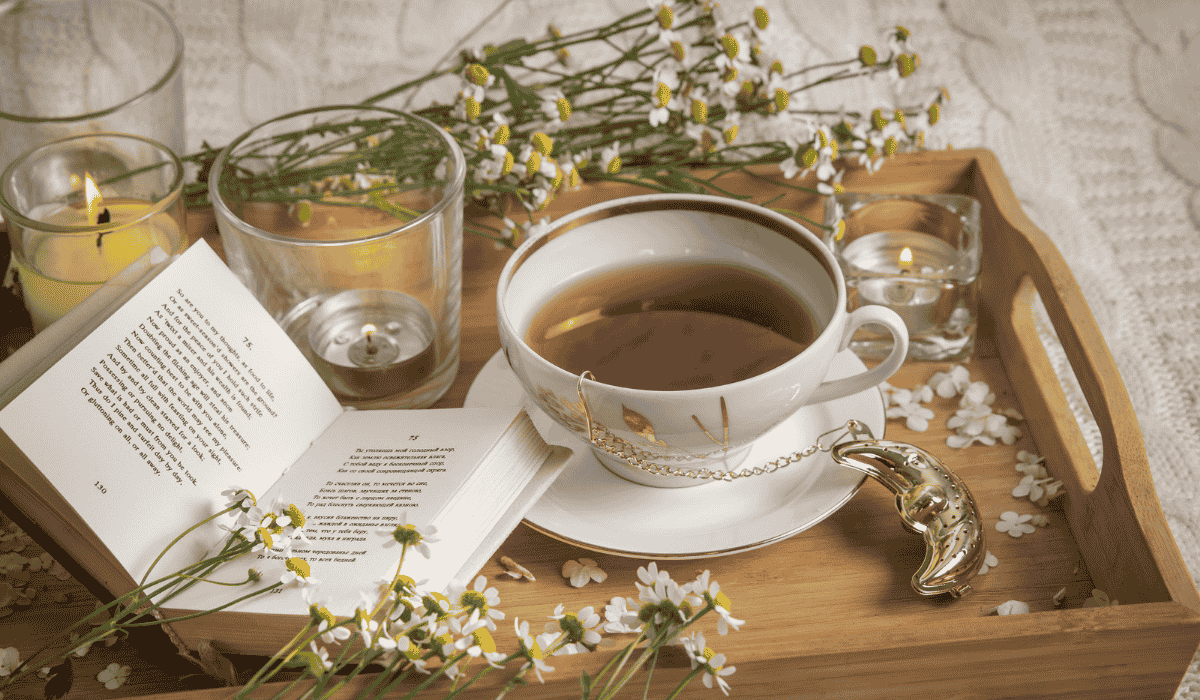Tea is something more than just a beverage; it is a culture and a tradition, and for many, also a ritual to start the day. Kangra Tea is one of the many types of tea from all over India, known for its distinctive flavor and age-old tradition. It comes from the majestic Kangra Valley of Himachal Pradesh. Kangra Tea has been made a specialty worldwide. Take the interesting journey that Kangra Tea has with the blog; discuss its origin, types, health benefits, and how to make the best tea.
Origins of Kangra Tea: Legacy of the British
Tea cultivation in Kangra Valley began during the British colonial rule in the mid-19th century. As fertile land was provided by the region, Kangra Valley offered the British with the perfect soil for tea cultivation. The first tea plants were introduced around 1850. The weather was mild with rich soil, and abundant rainfalls in this region, thereby making it very suitable for cultivating tea. Till the end of the 19th century, Kangra Tea had established a reputation for their quality and uniqueness in flavor profile.
In the year 2005, Kangra Tea received the GI tag because of its uniqueness and authenticity as a product of the region. The market sells only teas grown in Kangra Valley as Kangra Tea, ensuring authenticity and protecting its legacy.
Types of Kangra Tea: Green, Black, and Oolong.
Kangra Tea is available in different varieties, each with its unique flavor and aroma. The most popular ones are:
Kangra Green Tea:
Kangra Green Tea is famous for its subtle and light flavor. It is rich in antioxidants and is widely acclaimed for its health benefits. It has a floral aroma with a smooth, sweet aftertaste. Kangra Green Tea is ideal for those who want to enjoy a refreshing cup without any overpowering bitterness.
Kangra Black Tea:
This tea offers a more robust flavor with a hint of malty sweetness. It is commonly used in blends and brews into a rich amber-colored liquid. The full oxidation of the leaves infuses a stronger taste than green tea. It is a staple amongst those who appreciate a full-bodied brew.
Kangra Oolong tea:
Oolong tea undergoes partial oxidation, placing it between green and black tea. Kangra Oolong has a subtle floral character and a smooth, long-lasting aftertaste. Oolong tea is less famous than green and black tea, but its fan base has much appreciation for the balanced, refreshing character of this tea.
What Makes Kangra Tea Special?
There are a number of reasons why the flavor of Kangra Tea is so unique. The Kangra Valley is flanked by the Dhauladhar mountain ranges. This is one of the best combinations of soil and climate for tea production. Cool, misty mornings and warm afternoons are the ideal weather conditions for growing tea. Additionally, the elevation of the valley at 1,000 to 2,000 metres above sea level assists in the slow ripening of the tea plants, giving a better taste. As of May 2015, there are about 5,900 gardens located in the Kangra Valley on 2,312 hectares of land. The tea gardens are located in the scenic areas of Dharamsala, Shahpur, Palampur, Baijnath, and Jogindernagar. The region has an annual production of close to 899,000 kilograms of tea.
Tea is farmed by smallholder farmers, which often rely on traditional plucking and processing techniques. This makes the tea rich in quality as well as economic benefits for the local community; hence, it is a regionally as well as environmentally friendly product.
The Health Benefits of Kangra Tea
Like other types of tea, Kangra Tea is very healthy and rich in antioxidants, vitamins, and minerals. Some key health benefits associated with the consumption of Kangra Tea include its richness in antioxidants:
Kangra Tea is a rich source of antioxidants, especially polyphenols, which help neutralize harmful free radicals in the body. These antioxidants are known to reduce the risk of chronic diseases, improve skin health, and boost overall vitality.
Enhances Heart Health
It has been proven that frequent intake of tea helps lower blood pressure and improve blood circulation while reducing cholesterol levels. The catechins present in Kangra Green Tea are also responsible for lowering the risk of cardiovascular diseases.
Aids Digestion:
Natural ingredients in Kangra Tea will be helpful for the digestive tract. It helps maintain healthy bowel movements. It detoxifies the body as black tea also has astringent property which keeps the digestive system clean.
Improves Concentration and Brain Clarity:
Kangra Tea is no different from any other form of tea; it contains caffeine. It increases the concentration power of the mind, making a person more focused, sharp, and active. There are no jitters caused by the drink like with coffee.
Tea, especially green tea, has been found to have soothing characteristics. The L-theanine found in Kangra Green Tea acts as an inhibitory neurotransmitter, reducing levels of stress and anxiety and induces a calm but focused state.
How to Prepare the Perfect Pot of Kangra Tea
Making Kangra tea is an easy but sensitive operation. For excellent flavor, brewing guidelines will vary depending on the tea type being brewed.
For Kangra Green Tea:
Water Temperature: 80°C (176°F)
Brewing Time: 2-3 minutes
How to brew: Place one tea spoon of leaves per cup in a teapot. Pour the hot water over the leaves and ensure that leaves are covered completely. Steep for 2-3 minutes then strain and serve without milk.
For Kangra Black Tea:
Water Temperature: 90°C (194°F)
Brew Time: 3-5 minutes
Follow the instructions that use one teaspoon of leaves for every cup of water. For hot water and leaves, brew for 3-5 minutes depending on preference. Add any milk or sugar.
For Kangra Oolong Tea,
Water Temperature: 85°C (185°F)
Brew Time: 3-4 minutes
Instructions: One teaspoon of oolong tea per cup. Allow the tea leaves to steep between 3-4 minutes to let out the sweet flowery flavor. It can be consumed without milk.
Kangra Tea and Sustainability
The tea gardens of the Kangra Valley have played a very important role in conserving the environment in the area. Tea grows with nature and keeps the biodiversity of the region, prevents soil erosion, and supports local wildlife. In addition, most tea gardens are now opting for organic farming that reduces pesticide usage and fosters healthier, more sustainable agriculture.
Also read: Jwala Devi Temple: History, Festivals, Distance, and Nearby Attractions
Conclusion
Kangra Tea is the treasure from the hills of Himachal Pradesh, tasting finest nature. Be it refreshing green tea or rich black tea or a very unique variety, oolong, Kangra Tea is all about experiencing it in style. It’s a flavor that will thrill your taste buds while also infusing you with healthy benefits and, therefore, well-balanced life. Thus, the next time you require a cup of tea that has the right dose of flavor, with health attached, look up for Kangra Tea, and the rest is surely the hills that carry the soothing peace of Kangra Valley across the world to your doorstep.








